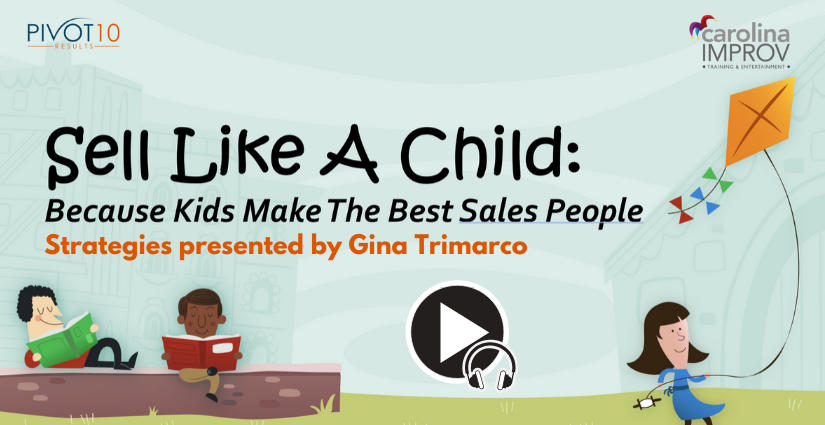In my years of sales coaching, I’ve consistently seen one challenge that plagues even the most talented sales professionals: the dreaded “stall.” You’ve had a great meeting, the prospect seemed enthusiastic, yet weeks later you’re still waiting for that signature. Sound familiar?
Recently, I had the privilege of providing sales coaching tips to a small but mighty team of media sales professionals who were facing exactly this challenge. Their experiences revealed patterns that are universal across industries, and the solutions are equally transferable.
Understanding the Psychology of Stalling
When prospects stall, they’re often trapped in “fight or flight” mode. Whether it’s economic uncertainty (tariffs, elections, market fluctuations) or simple time constraints, they’ve created a mental barrier that feels insurmountable.
This is where sales psychology becomes crucial. Consider your own experience: Have you ever put off switching banks because the process seemed overwhelming? Or delayed scheduling a necessary appointment because you dreaded being on hold? This is exactly how your prospects feel when contemplating your solution.
The key insight, as sales expert Jeb Blount perfectly articulates: “The perceived effort almost always exceeds the actual effort required.” This profound recollection from one of my coaching participants perfectly captures why prospects hesitate even when they see value in your solution. They’re not rejecting the outcome. They’re avoiding what they perceive as a difficult process to get there.
Breaking Down Barriers Through Structure
One of the most effective sales closing techniques I teach is creating “effort transparency.” Don’t just tell prospects it’s easy to work with you. Show them exactly how easy it is:
- Create a visual timeline showing each step in your process
- Assign time estimates to each step (often adding up to far less time than prospects imagine)
- Highlight which steps you handle versus which require their involvement
- Pre-fill paperwork whenever possible (“I’ve already completed most of this for you”)
This approach transforms the abstract “I’m too busy” objection into a concrete, visible reality. Rather than arguing against their perception, you’re demonstrating the actual effort required. When a prospect physically sees that implementation involves just three brief touchpoints totaling 30 minutes of their time, resistance doesn’t need to be overcome; it simply evaporates.
This mirrors a fundamental principle I’ve learned from my improv in sales background: show, don’t tell. On stage, audiences engage when they see action rather than hearing about it. Similarly, in sales, prospects respond when they experience the simplicity rather than just hearing you claim “it’s easy.” People don’t want descriptions of movement. They want to see and feel the momentum themselves.
Implementing a visual sales process is one of the most powerful ways to reduce buyer friction and overcome common sales objections about time and effort.
The Power of Assumptive Language
Another transformative technique is the use of assumptive language to create momentum:
Instead of asking “Would you like to move forward?” try:
- “When would be ideal for your campaign to start?”
- “Let’s pencil in a tentative start date and work backward from there.”
- “I’ll put this tentatively on my calendar to hold the slot for you.”
These phrases help in overcoming sales resistance by shifting the conversation from “if” to “when” and “how.”
The Breakthrough Moment: From Resistance to Revenue
Remember this: Behind every stall is not rejection, but fear. Fear of change, fear of making the wrong decision, fear of the unknown. Your role isn’t to push past this resistance but to illuminate the path forward with such clarity that taking the next step becomes the obvious choice.
The most powerful moment in sales isn’t when you make your pitch. It’s when you transform a prospect’s uncertainty into confidence. By making the invisible visible, the complex simple, and the intimidating approachable, you don’t just close deals. You open doors to genuine partnerships built on trust.
In the end, removing barriers is an act of service, because when you help someone move past paralysis into progress, you create value that extends far beyond the transaction.
What barriers will you remove today?
Want help building your own visual sales process? Let’s talk.




